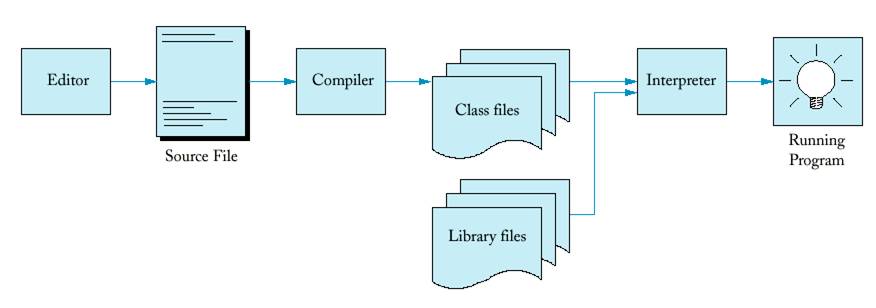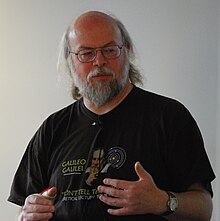DEFINATION
" Java is an object-oriented
language."
This particular statement is not false but it is also not correct. The
complete statement would be
"Java is a true object-oriented
language."
Why did I add this word 'true' to its defination ?
An OO language can be
either partial , true or pure . It is classified into these on the basis of
usage of OO features -
1) Partial - May or may not use OO feature in
the program . Ex : C++
2) True - The program must contain some OO
features . Ex: Java
3) Pure - Each and every instruction of the
program must use some OO feature. Ex: SmallTalk
-----------------------------------------------------------------------------------------------------------------------------------------
HISTORY
Java was developed by James Gosling and his
team of Sun Microsystems of USA in 1991. It was originally called Oak , but due
to some legal snags it was renamed as Java . Its just a name and not a acronym.
Principles:
1.
It should be "simple, object-oriented and familiar"
3.
It should be "architecture-neutral and portable"
4.
It should execute with "high performance"
5.
It should be "interpreted, threaded, and dynamic"
Major release versions of Java, along
with their release dates:
·
JDK 1.0 (January 21, 1996)
·
JDK 1.1 (February 19, 1997)
·
J2SE 1.2 (December 8, 1998)
·
J2SE 1.3 (May 8, 2000)
·
J2SE 1.4 (February 6, 2002)
·
J2SE 5.0 (September 30, 2004)
·
Java SE 6 (December 11, 2006)
·
Java SE 7 (July 28, 2011)
·
Java SE 8 (March 18, 2014)
----------------------------------------------------------------------------------------------------------------------------------
MAIN FEATURES OF JAVA
1. Compiled and Interpreted
Java has a two stage system.
(i).Java compiler translates source code into bytecode instruction.
(ii).Bytecodes are not machine instructions and hence not executable.
Therefore, in the second stage Java interpreter generates machine code that can
be directly executed.

2.Platform Independent and Portable
Java programs are easily portable. Changes in the operating systems,
processors and system resources do not force any changes in the Java
programs.This is the reason why java has become a popular language for
programming on internet .
Portability is ensured in two ways :
(i). Java compiler generates bytecode instructions that
can be implemented on any machine.
(ii).The size of the primitive data types are
machine-independent.
3.True OO language
4.Robust and Secure
(i).It ensure reliable code in many ways.It has strict compile
time and run time checking for the data types.
(ii).It also has automatic garbage collection thus relieving the
programmers.
(iii).It also incorporates the concept of exception handling
which captures errors and eliminates risk of
crashing the system.
(iv).Absence of pointers in java ensures that programs cannot
gain access to memory locations without
proper authorization.
Java has many other features - simple,small& familiar
- mutithreaded & interactive
- dynamic & extensible code
- distributed
-----------------------------------------------------------------------------------------------------------------------------------------

Nice blog :) keep it up!!
ReplyDeleteBest of luck :D